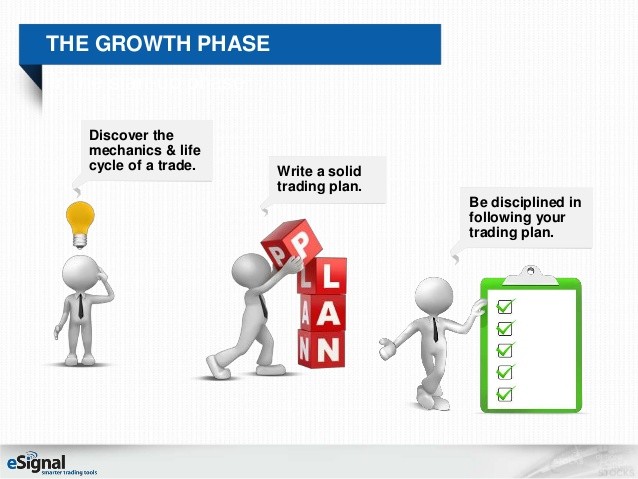Trading Plan Key To A Successful Trading Business
Post on: 2 Август, 2015 No Comment

8 Flares Twitter 4 Facebook 4 Google+ 0 Filament.io More Info ‘> 8 Flares
Trading Plan Overview
A trading plan is one of the most essential components of the trading game. Your trading plan tells you what to focus on: entry criteria, exit criteria, money management, etc. Unfortunately many traders ignore this important element of the business of trading. Please remember that trading is a business, and your goal in this game is to make money. Your trading plan is nothing more than a guide for how to navigate through the uncertainty and randomness of the stock market. If you do not have a trading plan, you should not be trading. This article will cover the five key elements of a basic trading plan, that you can use to develop your own more customized plan.
1 Identify Stocks to Trade
Develop a standard methodology for identifying plays. You will have to first ask yourself the question, what is my time horizon for this trade? Day traders will want to focus on stocks in the news, while long-term traders will want to focus on stocks that are developing new business models that show the potential for multi-year growth. Whatever your trading style, make sure you identify the plays that have the highest odds of profitability.
2 Set Profit Targets
When assessing your trading ventures, be realistic about the profit potential. Look for key resistance and support levels, or set a dollar amount you believe you can make on the trade. Please be honest with yourself during this part of your trading plan. If you set unrealistic targets, they will never be reached and it will only leave you frustrated. As you get better at setting your profit targets, you can begin to increase these targets as your skills improve.
3 Set Stop Loss Amounts
Before you enter any trade, you should know exactly how much of your portfolio you are willing to risk. This stop loss amount is the worst case scenario for how much money you are willing to lose. Never should you let a loser just float down to your stop loss level if you know you are in a bad trade. Remember, the game is won by keeping your winners larger than your losers.
4 Set Goals
In every business plan you have to create a roadmap of where you are going. This is no different in trading. You have to set goals for your trading business. How many points do you plan on making monthly, quarterly? For you day traders, how many points do you plan to make per week? Your goals should align with your profit targets and trading habits. These goals will not only be a way to measure your overall performance, but it will take away the uncertainty of the trading business. Unlike 95% of traders, you will know exactly where you will be in 1 year, 5 years, and even 20 years from today.
5 Review Your Trades
The last part of your trading plan should be to review your log of trades. Take this time to compare how well you executed against your overall trading strategy and goals. Did you follow all of your rules? How well are you tracking against your weekly, monthly, and yearly goals? This review process will keep you honest. There is no point in creating a trading plan if you do not assess how well you are measuring up to your goals. If you take the time to create your plan with these basic elements, you will succeed.














